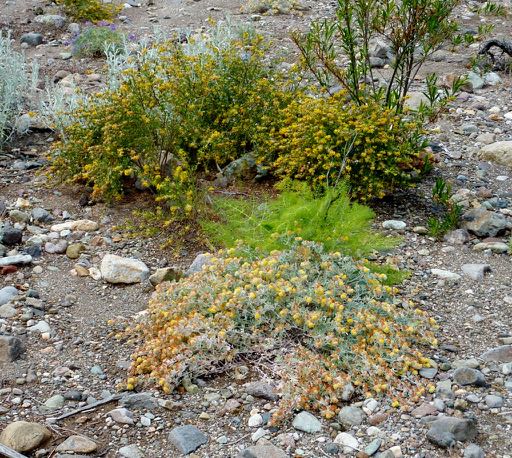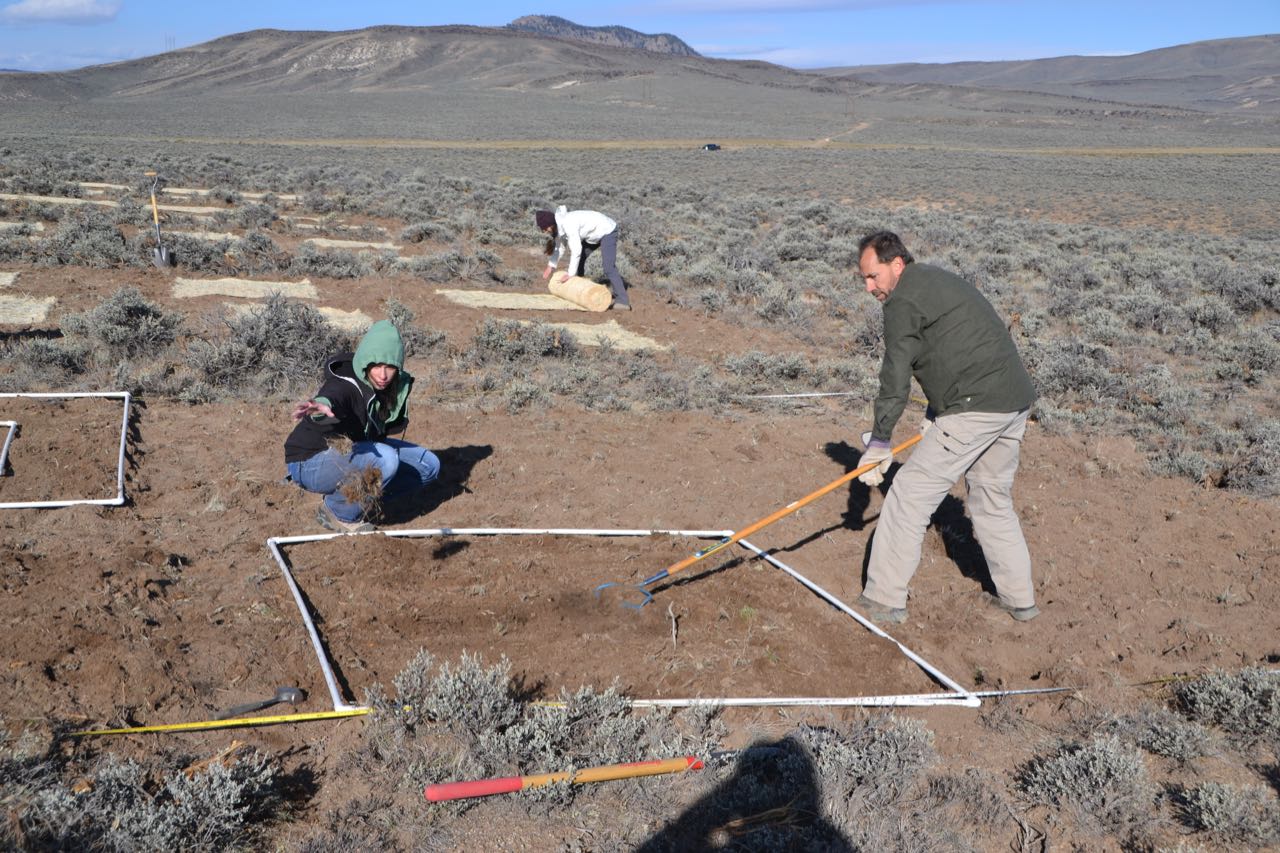Current Research Projects
Research and experimentation using native seeds
This project with Dr. Scott Franklin, UNC, is examining how local should seed be for usage in plant restoration? This question is driven be considerable theoretical work suggesting that local seed sources should preform better in restoration efforts, but there is very limited applied research. In this study we will address two primary aims: 1) How much genetic variation and regional genetic structure exists in plant taxa being used in restoration and how does this variation relate to Seed Zones? 2) Do seeds sourced from different regions (i.e. Seed Zones) have different levels of success in field-based restoration trials? Most habitat restoration is limited by a lack of financial resources, a lack of available seed, and an inability to predict which areas will be in need of restoration at any given time. If we examine a large- scale disturbance such as fire, we cannot predict when and where fire will occur, but when a fire does occur a very large quantity of seed will be required for restoration and those seeds will need to be made available quickly. We do not yet know what spatial scale is most relevant for determining genetically appropriate seed for restoration. Overall, this research will contribute to data driven scientific approaches to habitat restoration.
Above. Restoration plots near Kremmling, Colorado.
Sclerocactus conservation genetics
In this collaborative project with Dr. Jennifer Ramp-Neal, Denver Botanic Gardens, we are using nuclear genetic markers to examine the levels and distribution of genetic diversity within three federally endangered cactus species. This project initially targeted Sclerocactus glaucus, the Colorado Hookless Cactus, due to concerns about the impacts of oil and gas development and the possibility of hybridization with a more common species, S. parviflorus, which appears to be expanding its range. Initial results demonstrated that hybridization is possible, but it is rare in undisturbed populations. However, we were able to determine that there is significant divergence between northern and southern populations of S. glaucus. Our current research is utilizing Next Generation DNA Sequencing to examine the degree of divergence between northern and southern populations of S. glaucus to determine if the species should be taxonomically split. Additionally, we are examining the diversity and genetic relationship among S. brevispinus and S. wetlandicus, from northeastern Utah. These two taxa are facing significant threats from oil and gas development, and they have a questionable taxonomic history. To date, we have determined that the traditional split among S. brevispinus and S. wetlandicus is not supported genetically.

Aobve. Sclerocactus wetlandicus, Uintah Basin, Utah.
Speciation in Channel Island Acmispon
In this collaborative project with Dr. Kaius Helenurm, University of South Dakota,
and Dr. Lisa Wallace, Old Dominion University, we have been using molecular genetic,
ecological, and morphological data to determine the roles of connectivity and isolation
in maintaining cohesion within two species of Acmispon endemic to the California Channel Islands. These species are close relatives and
members of the same subgenus, but they are not sister taxa. We are using a unique
approach that incorporates data from multiple sets of genetic markers that are capable
of resolving different evolutionary time depths, GIS based ecological data, and the
measurement of variable morphological characters. Our work has documented significant
isolation among islands for one taxon, A. argophyllus, and significant connectivity among islands for the second taxon, A. dendroideus. These results indicate that despite having similar life history characteristics,
Channel Island Acmispon have divergent evolutionary histories.

Above. Acmispon argophyllus var. niveus (low growing) and Acmispon dendroideus var. dendroideus (taller shrub), Santa Cruz Island, California.
Conservation genetic studies of Colorado native plants
Considerable research within my lab seeks is to enhance our understanding of the genetics of rare species and how management practices should reflect that understanding. This research incorporates my interest in plant speciation, because most rare taxa are recently evolved, and how the genetic composition of populations can change over time due to both natural and anthropogenic effects. Recent and ongoing studies include examining taxonomic uncertainty (are named taxa actually distinct evolutionary units), extinction via hybridization with common taxa, gene flow among populations, and how genetic diversity is partitioned across a landscape. This research has resulted in advances for land managers in species protection and management, and research publications that further our understanding of evolutionary biology.
The colonization dynamics of new lava flows by Dubautia scabra (Asteraceae) on the Big Island of Hawaii
This project is being conducted collaboratively with Samantha Naibauer, and I hope to expand this work to examine other taxa in years to come. The current work seeks to expand our understanding of dispersal and colonization at the micro-level. We seek to better understand the evolutionary dynamics of plant colonization using Dubautia scabra (Asteraceae) as a model system. Dubautia scabra is the first angiosperm colonist of new lava flows on the Big Island of Hawaii, arriving within 2 years after new lava cools and dying out after about 150-200 years. Because D. scabra is only found on lava flows formed within the last 200 years, this taxon is an ideal species to study to better understand succession dynamics and the evolutionary history of colonization. We are addressing two major objectives: 1) What are the successional stages of D. scabra colonization, spread, and death based on substrate age and isolation? 2) Where did D. scabra colonists come from based on genotype? This research will enhance our understanding of rapid and recent plant colonization.


